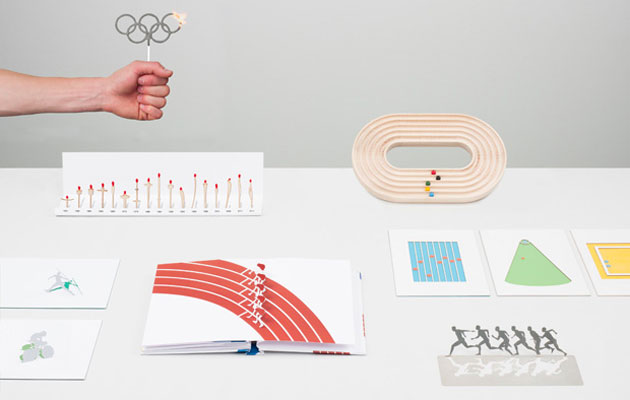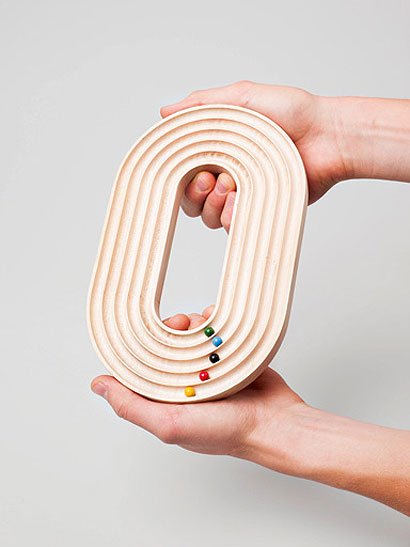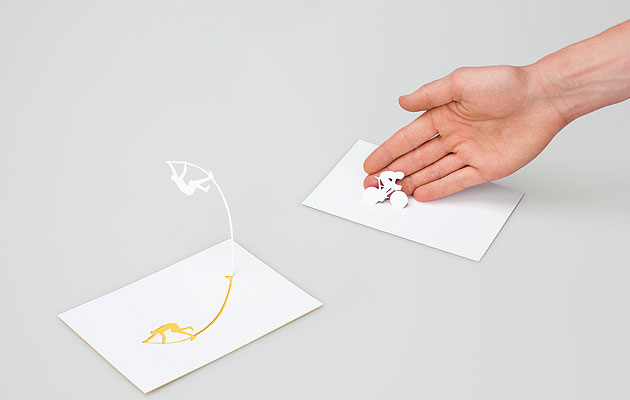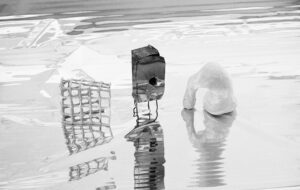|
|
||
|
Often charged with being tacky, overpriced and useless, souvenirs are the sort of thing any discerning designer would run a mile from. But given a chance to rethink the usual kitsch suspects for the Olympic Museum in Lausanne, a group of students cast aspersions aside and came up with a range of charming mementos. Led by course director Elric Petit and Spanish designer Héctor Serrano, a cohort of second year students from the École Cantonale d’Art de Lausanne were asked for designs that celebrate the Olympic spirit in a contemporary way. “It’s a fantastic theme as there is so much going on beyond the actual event,” says Serrano. “The symbolism and the emotion of the games is what we wanted to capture in this collection.”
Some designers took a strong graphic approach, bringing a touch of Swiss slickness to old favourites such as postcards and matchbooks. Cyrille Verdon’s matchsticks are miniatures of Olympic torches throughout the years, while Renaud Donadey’s silver-plated sculptures celebrate Olympic firsts such as the Fosbury flop (1968) and gymnast Nadia Comaneci’s perfect ten (1976). For all the products, it seems interaction was key to making them fun to use. Marceau Avogadro’s simple game has five coloured balls that circuit a wooden track; turning a page of Paul Tubiana’s pop-up book puts a line of sprinters into starting pose; and Clara Dalbera’s Olympic rings can be set alight to form a sparkler.
If fun was high on the agenda, the designs had to meet some tricky limitations, too. Each souvenir needed to be simple enough to move swiftly into batch production, for a cost of under €10 per item. Students also had to think about transportability, keeping the products to a size that could be mailed or fit in a suitcase easily. The exacting branding of the Olympic Museum needed to be taken into account, too – particularly important when using logos and colours to keep them universally recognisable. |
Image ECAL/Alex Crettenand
Words Riya Patel |
|
|
||
|
|
||
|
Two of the projects – Emil Hjorth-Rohde’s animated postcard series showing the elegance of athletes in motion and Camille Ringenbach’s sound box that plays the cheers of a crowd when turned upside-down – will be put into production and sold at the museum, with more designs to be added in future. Serrano says: “I think the results reflect the aim of the project very well. These are straightforward ideas that everyone can identify with.” |
||





















